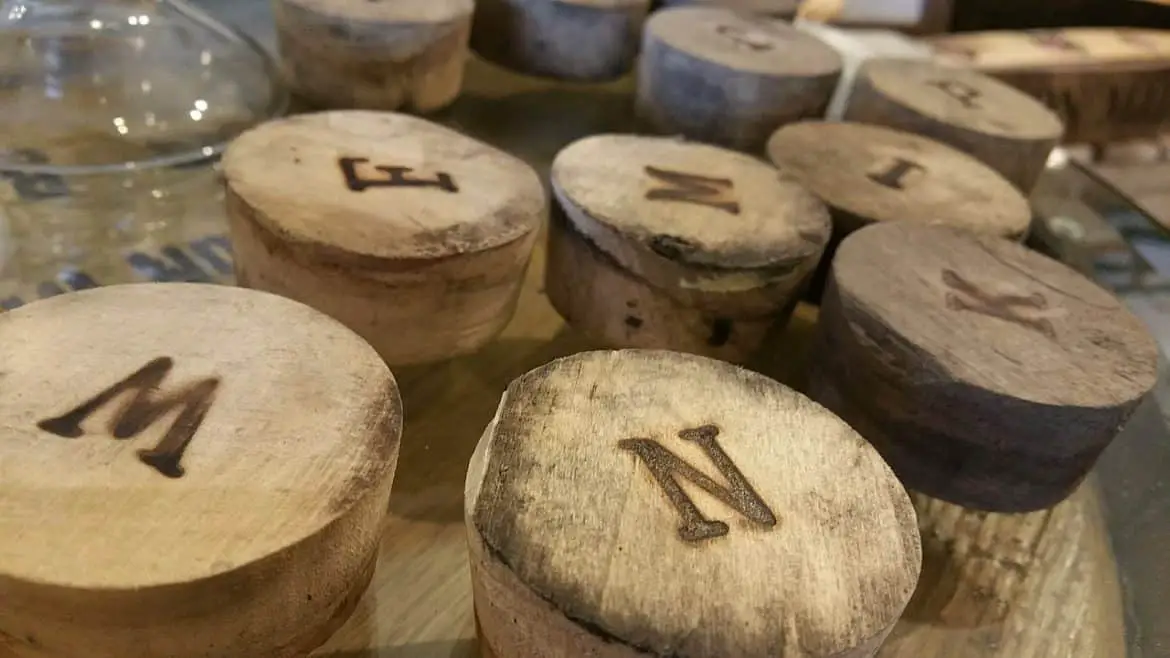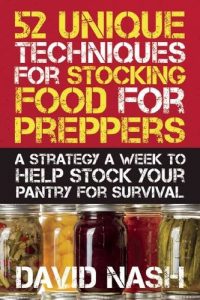
While talking with some prepper friends, I was shown a picture of the kit of a particular survival instructor. This man had skills, no doubt. However I was amazed at the magnitude of his gear.
He had 3 different shovels – from a small backpacking trowel, to a large sharpened cold steel shovel. He carried no less than 5 different ferocium fire starter. Somehow he also made room for more than 9 knives. He seemed to have every piece of gear that personalities like Bear Grylls, Dave Canterbury, and Geko45 have ever spoke about. Some day I am going to take a 75 cent lighter, spray paint it black and green. I will then call it a Nash Tactical mechanically activated emergency fire starter. Manufacturer suggested retail for the NTMAE model II Mark 5 will be 29.95.
The More You Know the Less You Have to Carry
I like Grylls, and I have made a Canterbury sling bow, so please don’t think I am disparaging them. The point of this article is to point out that gear, in itself, is not tactical. The word is routinely misused. I would like to help define it, so that the word becomes useful. At least useful as something other than a marketing term. Basically, for most people, the word Tactical Does NOT mean What You Think It Means
To understand tactics, and tactical, you first have to understand the difference between strategy and tactics. Tactics are used to achieve strategy. Strategy is a plan, method, or series of maneuvers or stratagems for obtaining a specific goal or result. Tactics are the specific actions used to achieve the success of your strategy.
Strategy vs Tactics
In WWII the Pacific strategy was obtain air bases close to Japan. This was to support a complete blockade of the island. The goal was to allow B-29 and B-17 bombers to bomb the enemy into submission. They wanted to soften it up for an invasion. The close by islands would then act as logistical bases. This strategy involved the invasion and occupation of the islands of Saipan, Iwo Jima and Okinawa (called island hopping).
The tactics that allowed this to be done was to “send in the Marines”. These Marines employed small unit tactics such as fire and maneuver, close air support, suppressive fire. Tactics included using flamethrowers to advance on defensive structures. It also included the basic fundamentals of Marine Corps Marksmanship. Their tactics were to “locate, close with, and destroy the enemy, by fire and maneuver”.
Example
Another example is my two fold retirement strategy. I plan on building an adequate 401K that with supplemental income from my website and training classes that I can afford to own and maintain a small homestead.
The tactics I use to achieve this are keeping my boss happy by being extremely productive at work so that I can eventually earn a promotion so that I can increase the money I invest, and writing cool articles in my spare time so that you keep coming to the website to read my ramblings.
Tactics without strategy is like running down a dark hall, you may have great form and be moving fast, but you have no idea where you are going.
It’s the same with buying gear with the tactical label. Just because it is black and created by an ex-special operations warrior does not mean it is useful to your situation.
Another example:
My GHB (Get Home Bag) is a worn but sturdy book bag. It has the bare necessities I would need if I had to walk the 50 miles from my work to my home. Luckily my work uniform is based on a field response so I wear khaki cargo pants, a dark shirt, and boots. If I wore a suit to work, I would keep a change of clothes in the car. I know some like to keep camouflage clothes, a molle or other military bag, and an AR or other rifle in their car in the event they have to hoof it home. While their gear may LOOK more tactical, mine will allow me to blend in and appear the same as every other guy trying to make it home.
Walking through Nashville in camo and carrying a rifle would gain undue attention and would probably get them arrested, accosted, or killed before they could make it out of town. (I know the AR/AK/SKS lets them fight back, but they will not be able to carry more ammo than the Nashville PD – much less the gangs).
My Get Home Bag Example
My strategy is to blend in, hide, and get home as fast as I can with as little drama or confrontation as possible. The kit in my car does this, so it is a good tactical solution to my problem.
Anything is tactical if it solves your problems, fits within your plans, or helps you achieve your long term strategies. But just because something is marketed as “tactical” does not make it so. Make sure that the gear you buy, the skills you acquire, and the people you associate with fit within YOUR strategic plans. Preparedness is not about impressing people, it is about making the best of bad situations. Too many people have too much ego invested in intimate objects, but that is for a later article.
Just remember, it does not matter what something looks like – If it looks stupid but works, then it is not stupid.
(The fury kickers below are an example of extreme mall ninja equipment, I am amazed at what sells when labeled “tactical”







